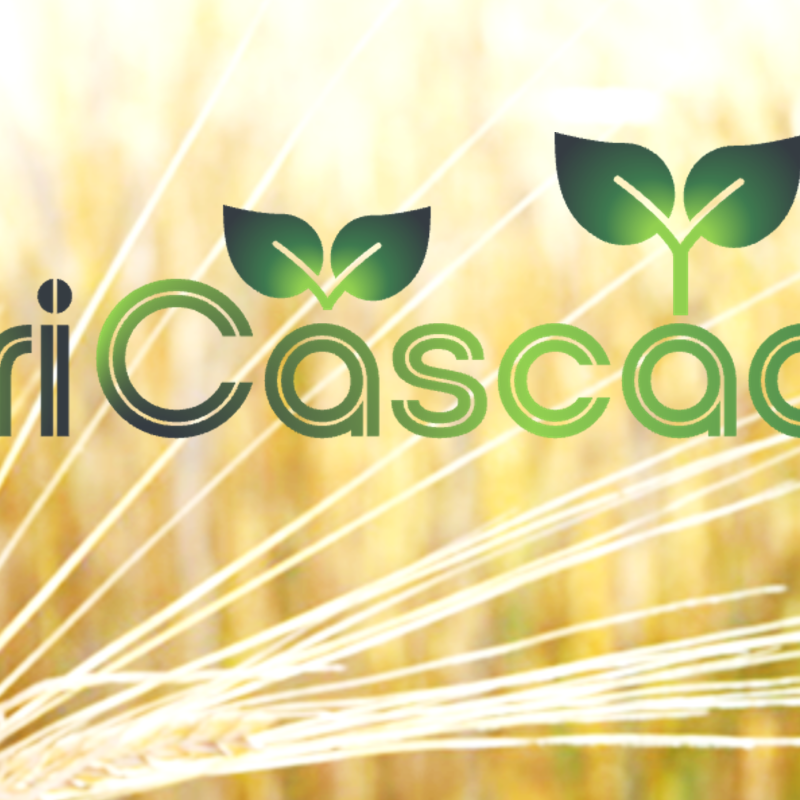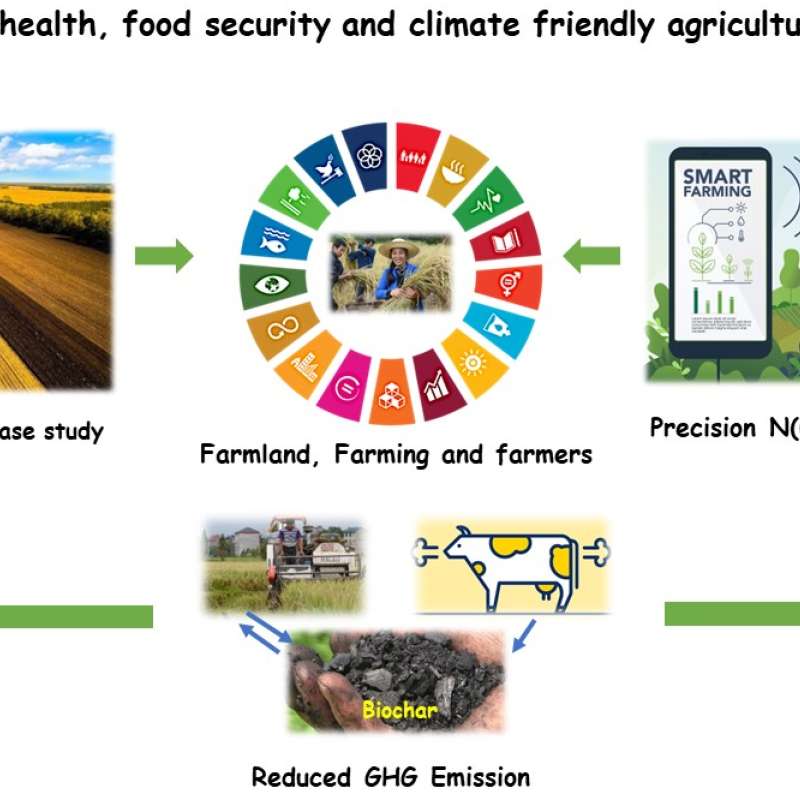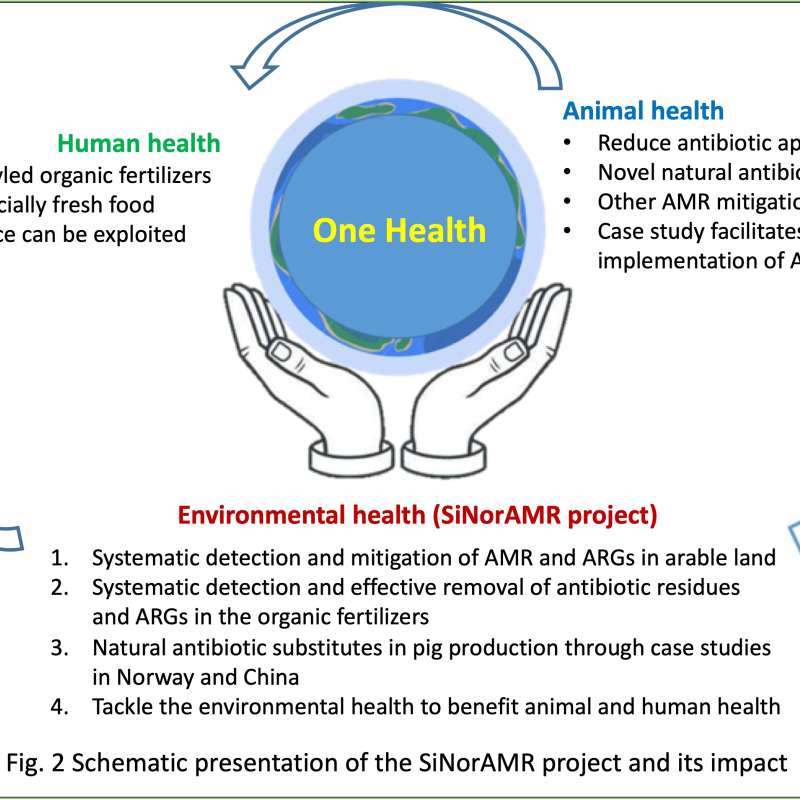Thiago Inagaki
Forsker
Biografi
Bachelor- og mastergrad i agronomi og doktorgrad i naturvitenskap (Dr. rer. nat.) med fokus på jordvitenskap. Forskningen fokuserte på effekten av arealbruk og forvaltning på jordas C-innhold, og mekanismer for beskyttelse av organisk materiale i jorda gjennom organo-mineralforbindelser. Ledet prosjekter som krysser jordkvalitet, bærekraft og geovitenskap ved hjelp av avanserte metoder, inkludert 13C-NMR, SEM/TEM, STXM, NanoSIMS, FIB-SEM og stabile isotoper (13C og 15N).
Forfattere
Igor A. Yakovlev Thiago Inagaki Junbin Zhao Pierre-Adrien Rivier Hege Særvold Steen Inger Heldal Daniel Rasse Jihong Liu Clarke Nicholas ClarkeSammendrag
Det er ikke registrert sammendrag
Sammendrag
Det er ikke registrert sammendrag
Forfattere
Luiz C. Garcia Carlos H. Rocha Nátali M. de Souza Pedro H. Weirich Neto Jaime A. Gomes Thiago InagakiSammendrag
Det er ikke registrert sammendrag

Divisjon for miljø og naturressurser
Conservation of Biodiversity in China in the light of Climate Change
Climate change is becoming an increasingly important pressure on biodiversity, which adds to the burden of other drivers of loss of biodiversity causing negative effects on ecosystems and species

Divisjon for miljø og naturressurser
AgriCascade
AgriCascade: Gjenvinning av organisk nitrogen med forbedret biokull for gjødslings- og miljøgevinster i norsk landbruk

Divisjon for miljø og naturressurser
AgriCascade
Cascading recycling of organic N-sources with next-generation biochar fertilizer for Norwegian agriculture

Divisjon for miljø og naturressurser
Sinograin III: Smart agricultural technology and waste-made biochar for food security, reduction of greenhouse gas (GHG) emission, and bio-and circular economy
The Sinograin III project’s overall objective is to contribute to the UN SDGs by widely implementing precision agriculture technologies and application of “waste-to-value” biochar products to achieve sustainable food production with minimized GHG emission, improve soil fertility and promote green growth/zero waste in modern agriculture in China.

Divisjon for miljø og naturressurser
SiNorAMR
Full title: Collaborative and Knowledge-building Project Collaborative Project Systematic detection and mitigation of antimicrobial resistance in soil environment and animal health contributing to human health (SiNorAMR)
